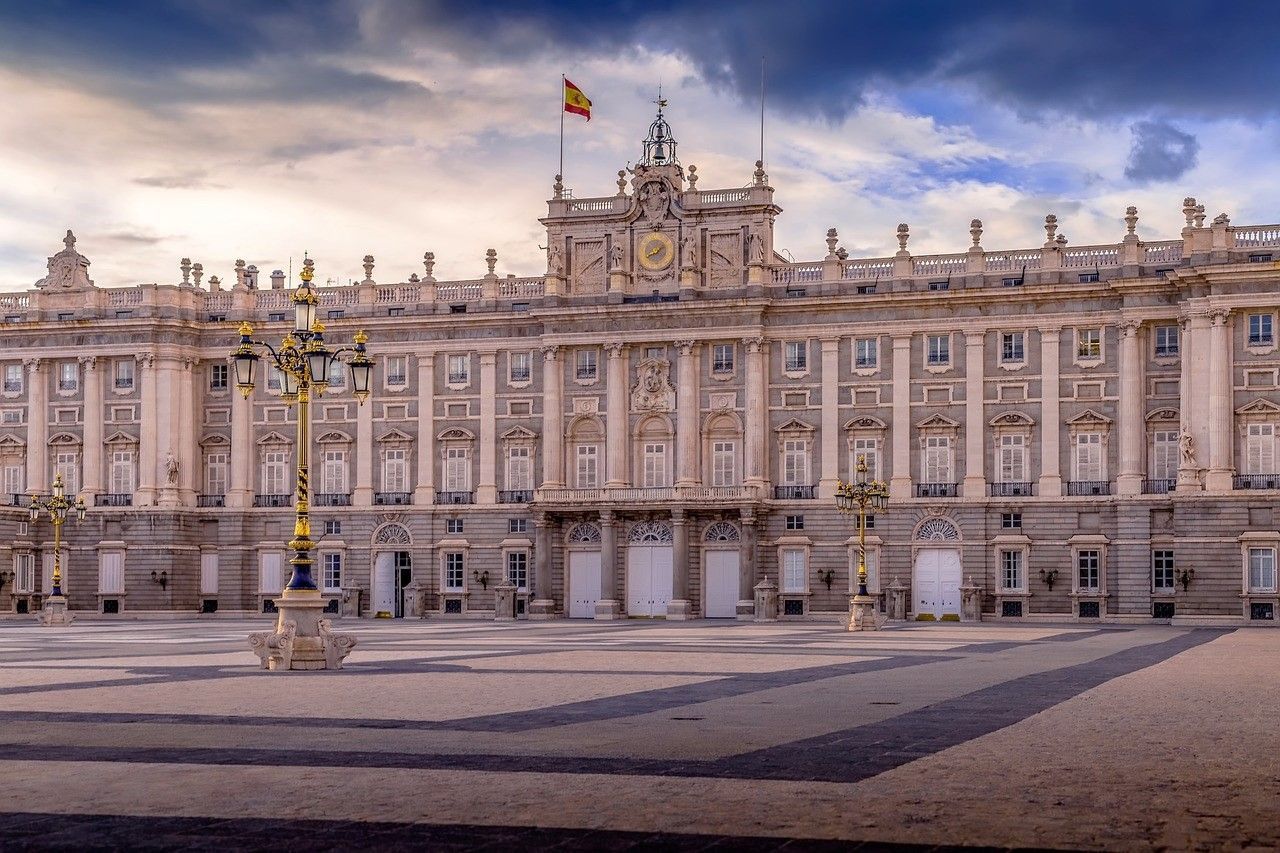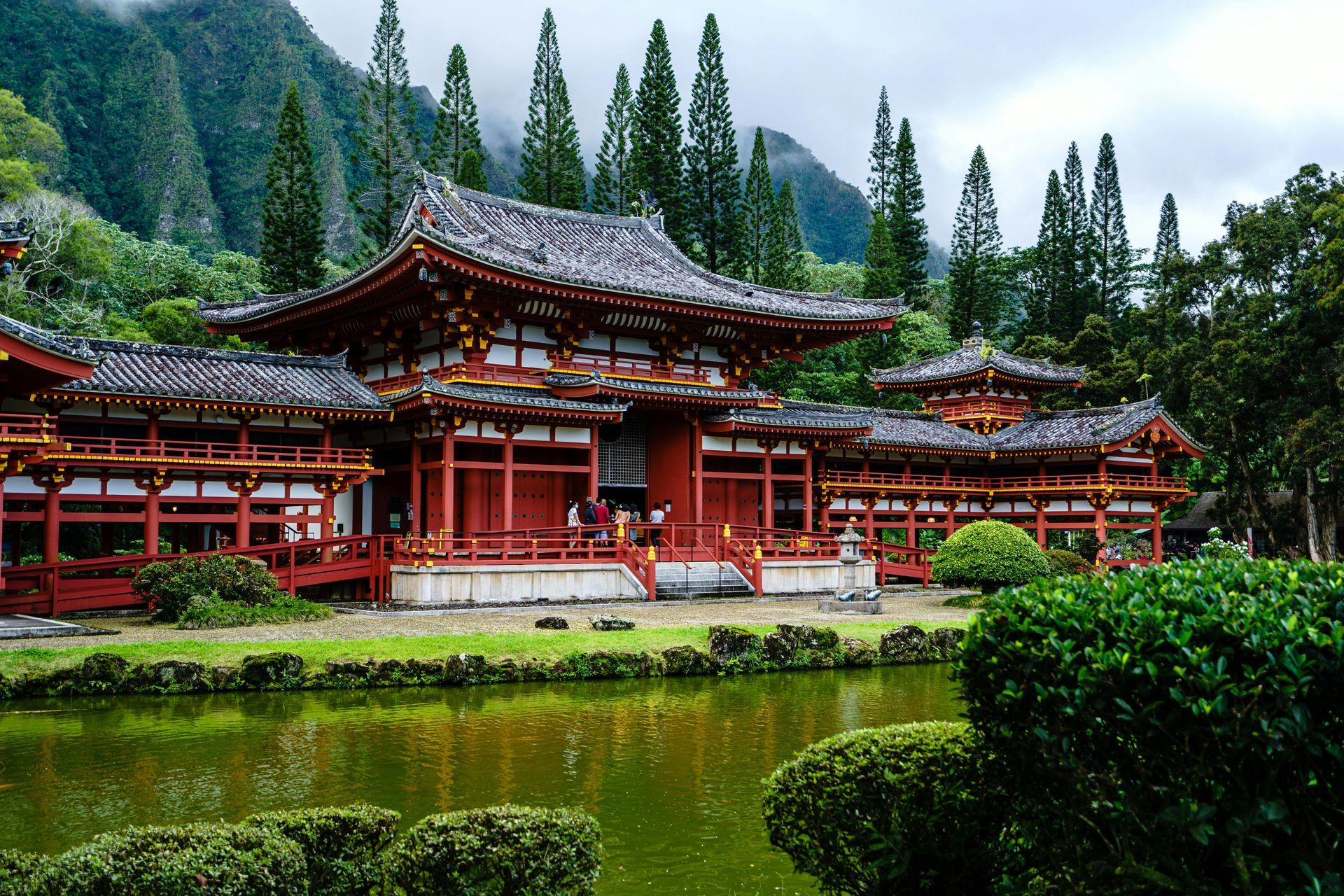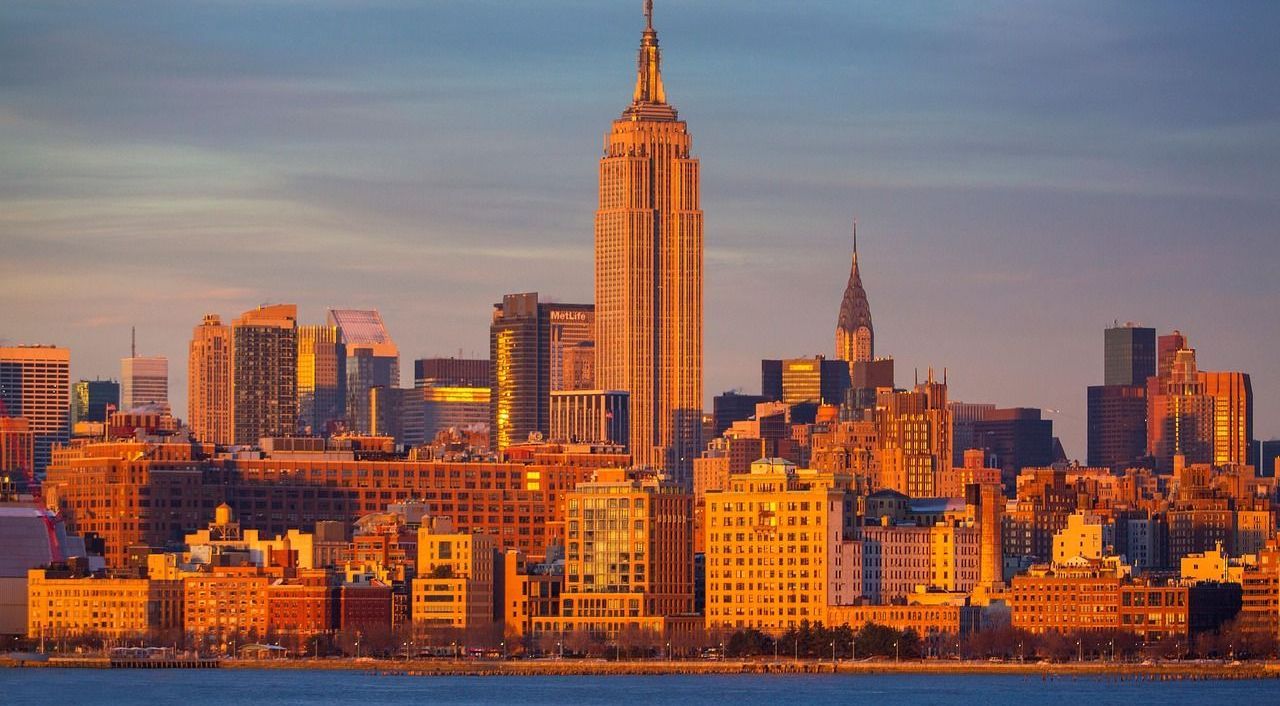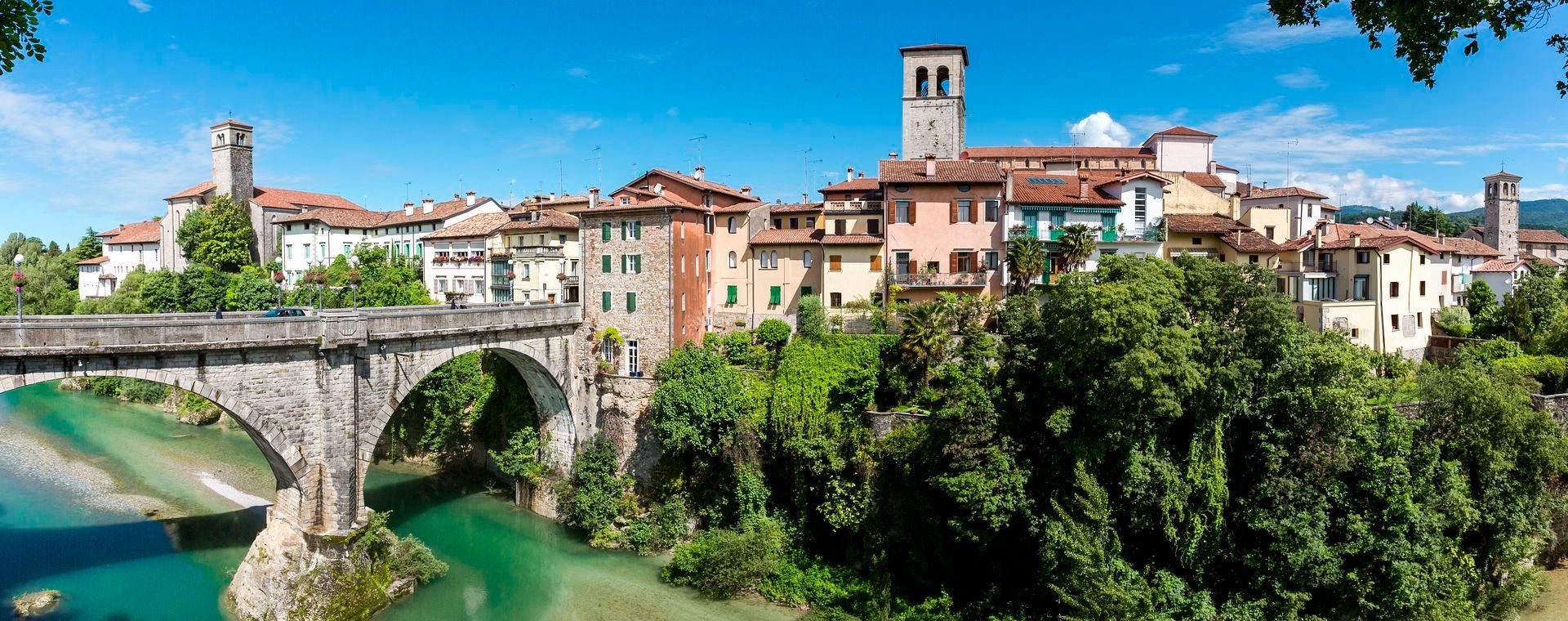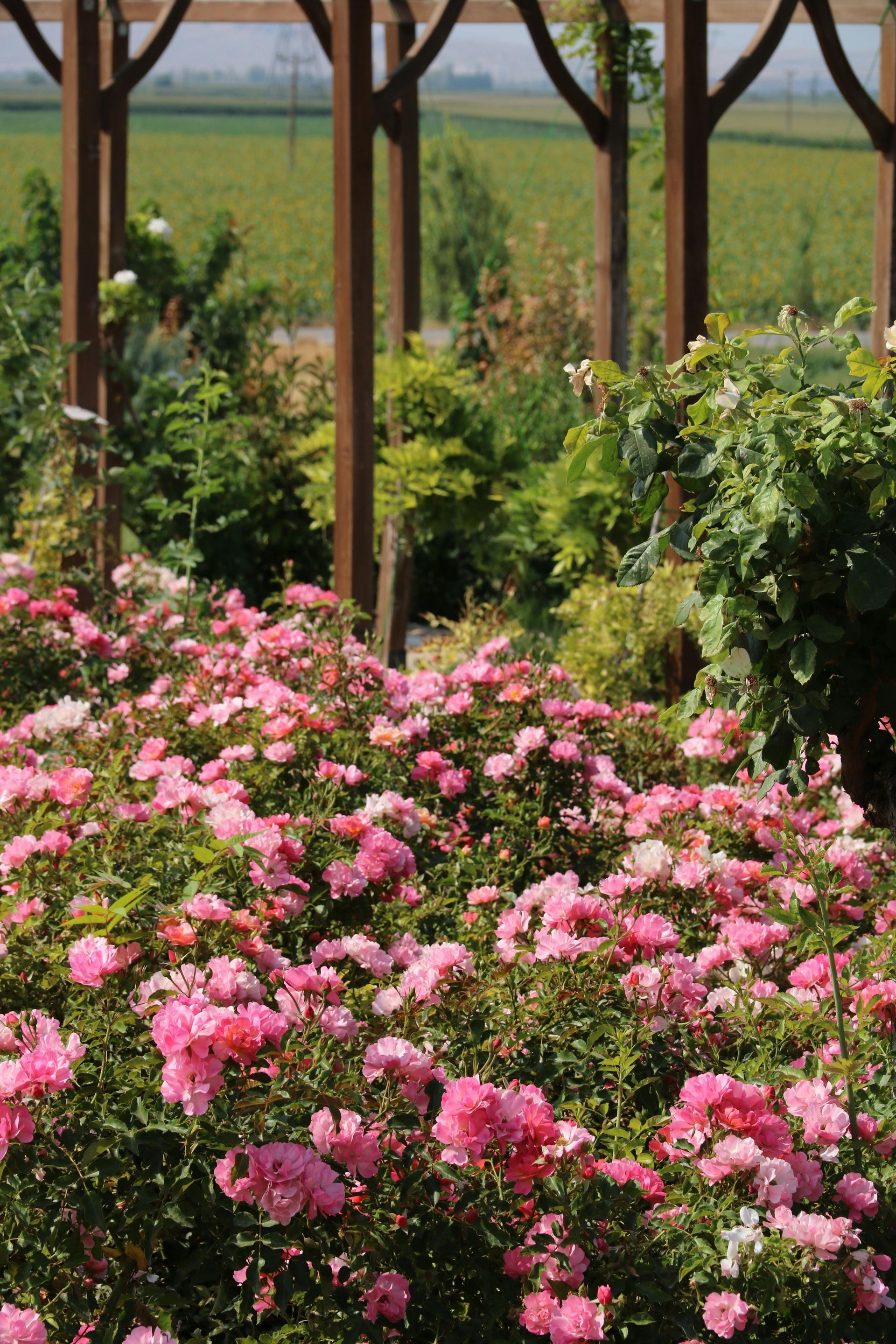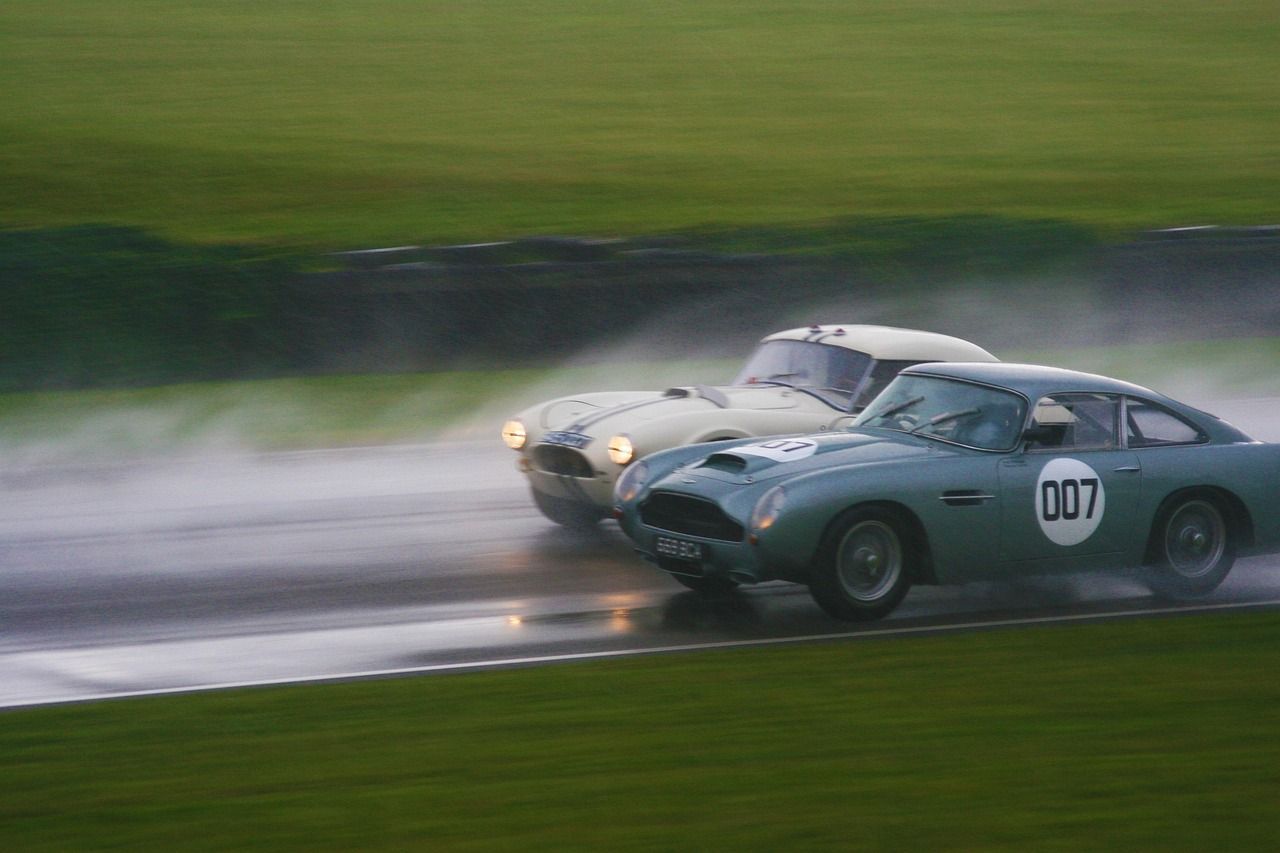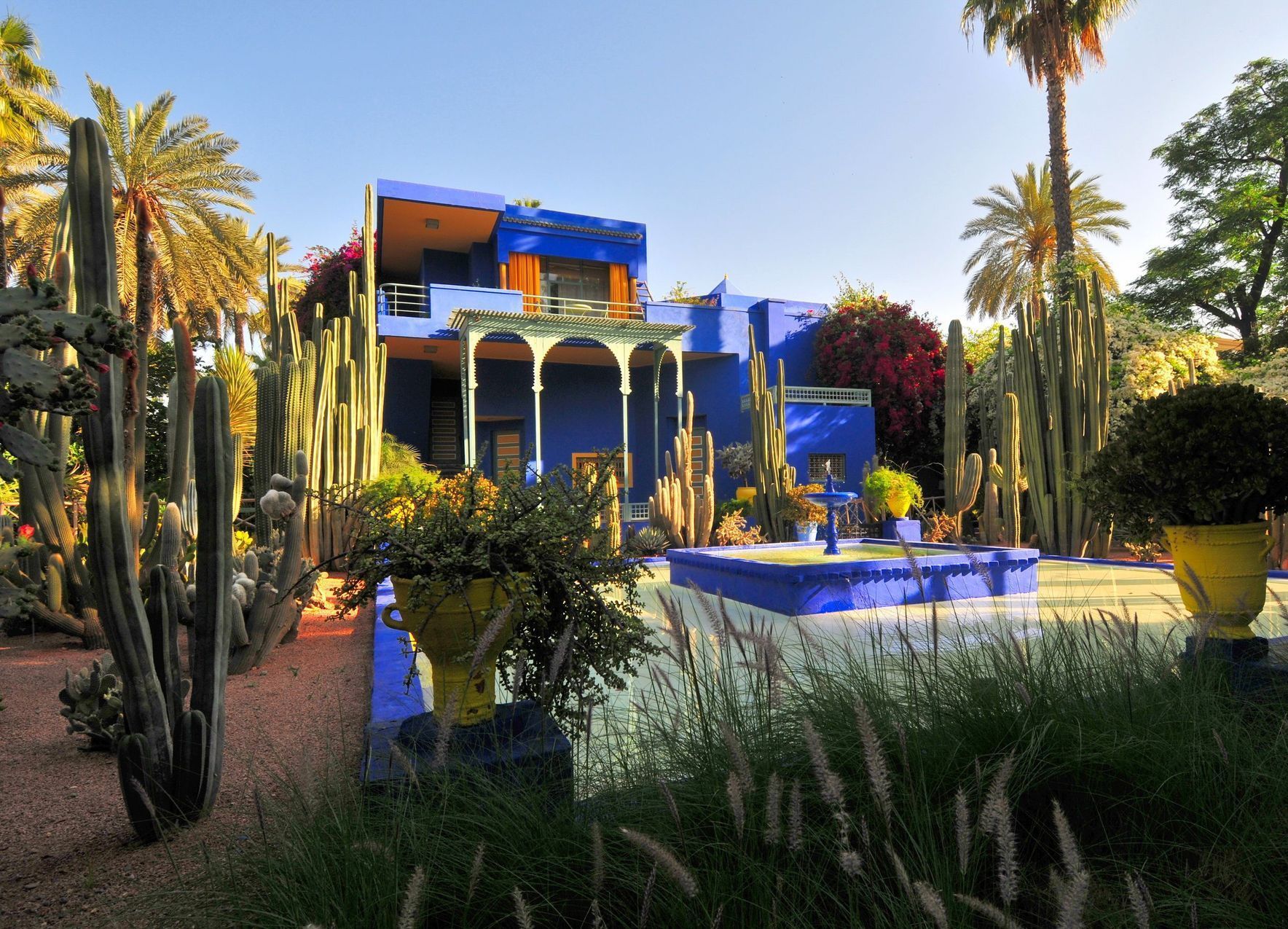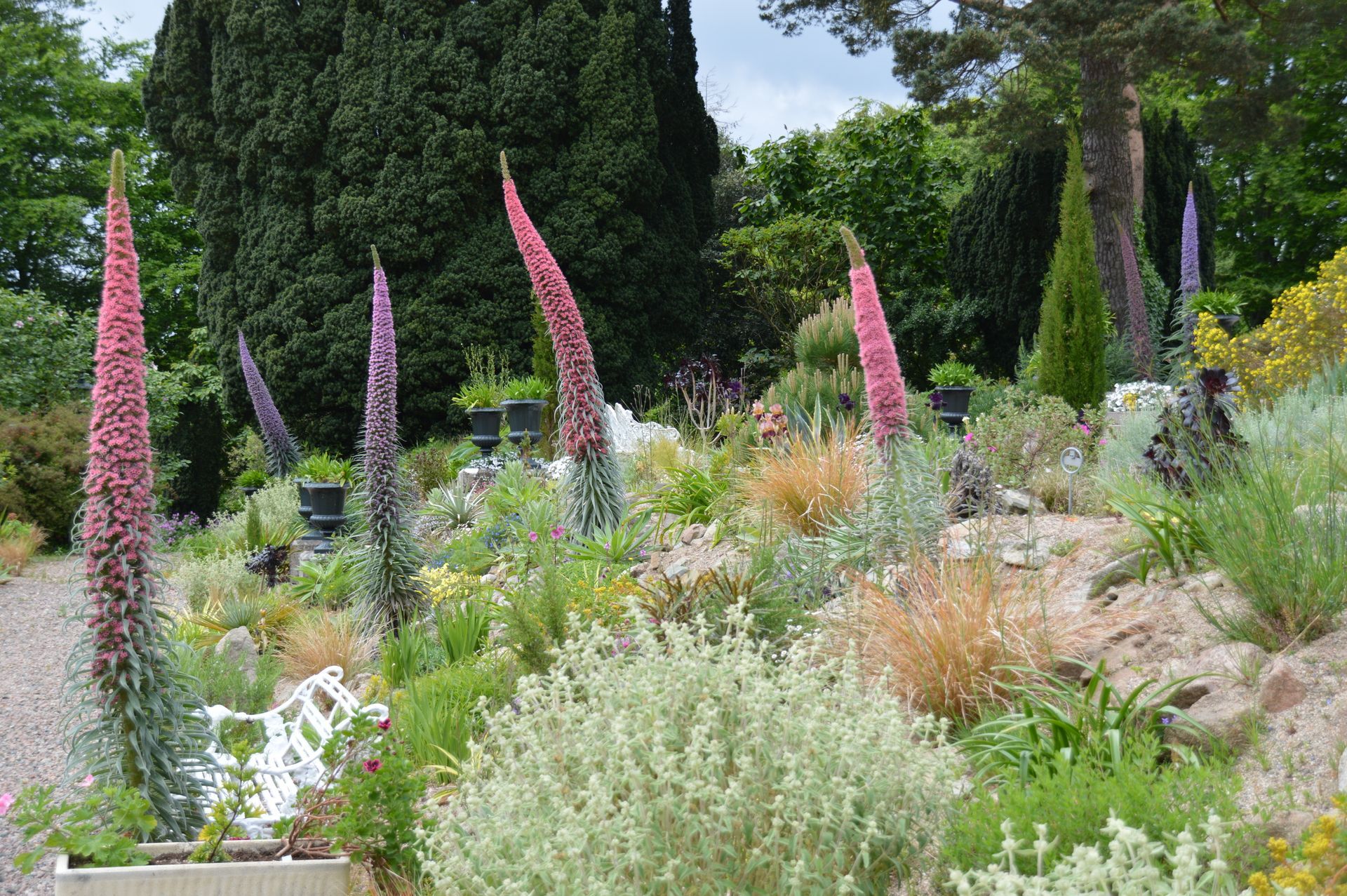Mantua in focus
Tracing a Renaissance vision
An insight into the city of Mantua by Kevin Childs
Kevin Childs is a freelance writer and lecturer on culture and art history in the United Kingdom and Italy, where he leads specialised tours of Rome, Venice, Florence and parts of Northern Italy. He has a BA degree from Oxford and a doctorate from the Courtauld Institute looking at aspects of Michelangelo’s influence on his contemporaries. As well as convening and contributing to courses at the Victoria and Albert Museum he has taught on the Art History and Visual Culture BA course at Exeter University. He has written regularly for The Independent and Huffington Post and has published articles and reviews in The New Statesman, The Guardian and The Times.

The Northern cities of Italy have always been fascinating and beautiful. For example, the courts of Mantua and Ferrara were at the cutting edge of art and culture during the 15th and 16th centuries. It’s exciting enough to consider the lives and works of artists like Andrea Mantegna and Leon Battista Alberti in Mantua, Cosimo Tura and Dosso Dossi in Ferrara, and the powerful rulers who patronised them from the Gonzaga and Este families. But both cities boasted equally important women who were politically and culturally significant in their own right. Isabella d’Este, sister of Duke Alfonso I d’Este of Ferrara and wife of Marquis Francesco Gonzaga of Mantua, was one of the most important patrons of art of the Renaissance. The famous Lucrezia Borgia was married to her brother and contributed significantly to the cultural life of Ferrara. Another sister-in-law, Elisabetta Gonzaga, would preside over the cultured court of Urbino, inspiring Baldassare Castiglione to write his Book of the Courtier.
Music was at the centre of court life in Ferrara. Alfonso d’Este and Lucrezia Borgia would also commission artists such as Giovanni Bellini and Titian to decorate their palace, and in Mantua Isabella’s son, Federico II Gonzaga, would commission Giulio Romano to design and decorate the most extraordinary pleasure palace in Italy, the Palazzo del Te, just outside the city.
If that’s not reason enough to visit, both cities are famous for their food and wine.
New Paragraph
